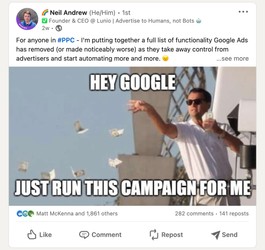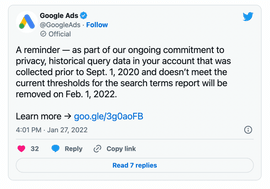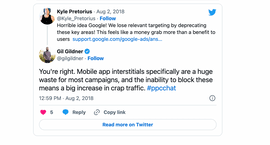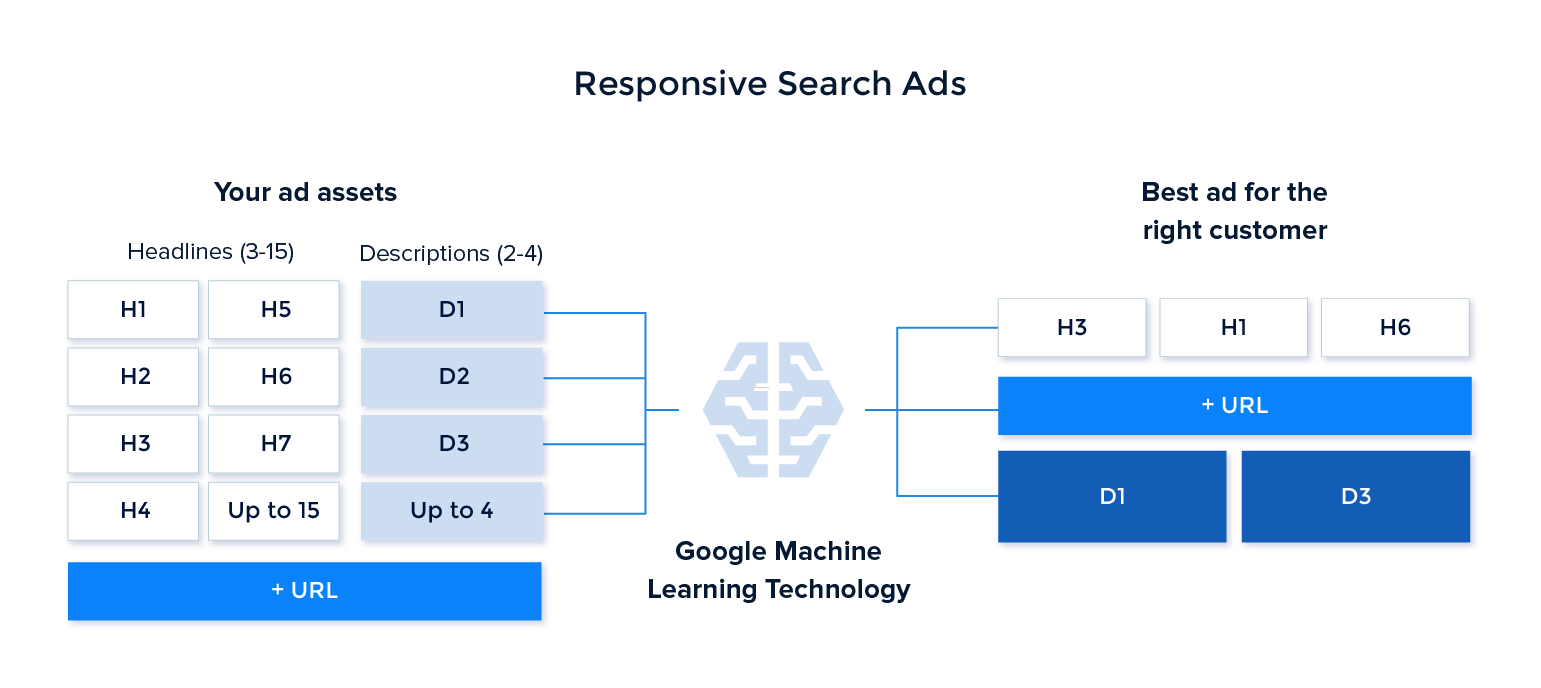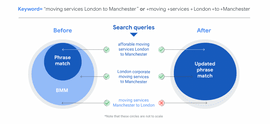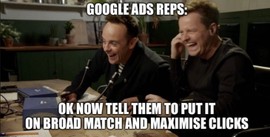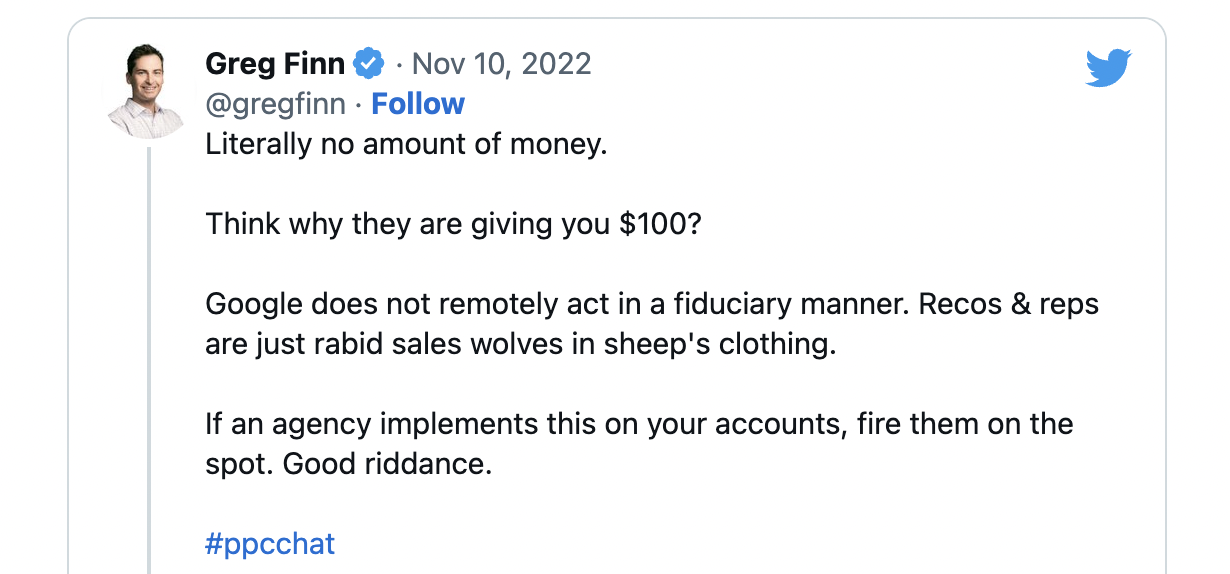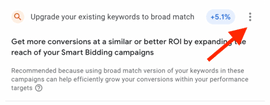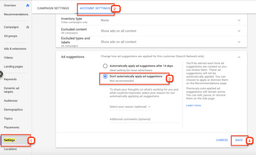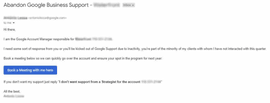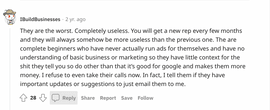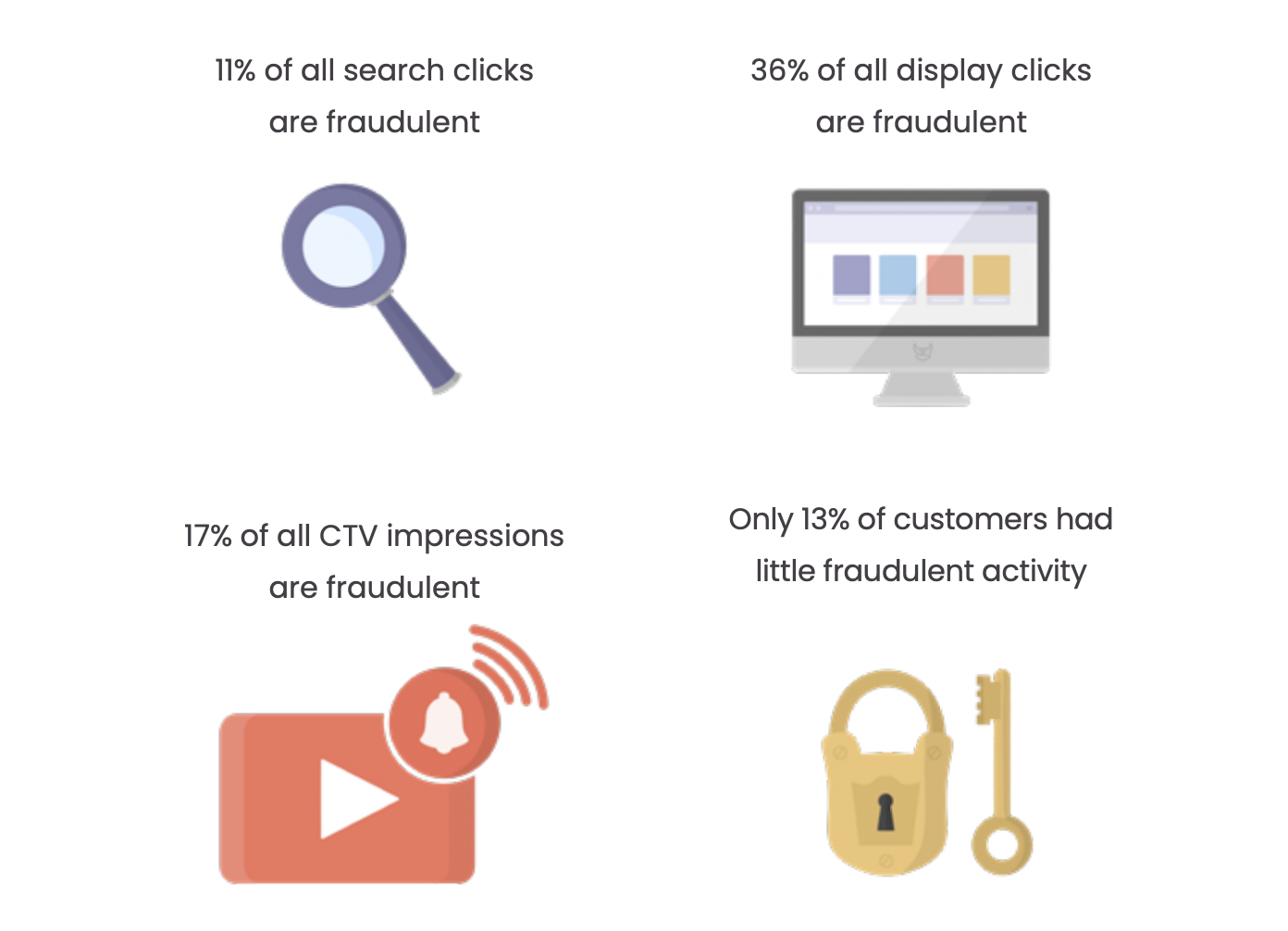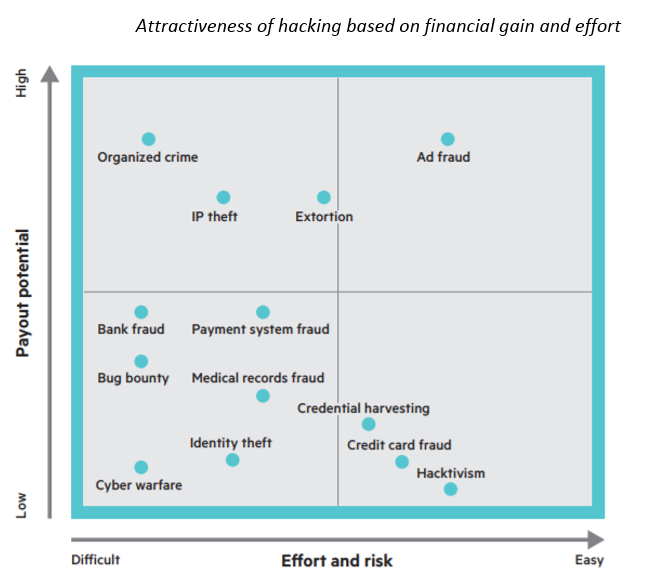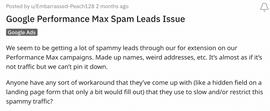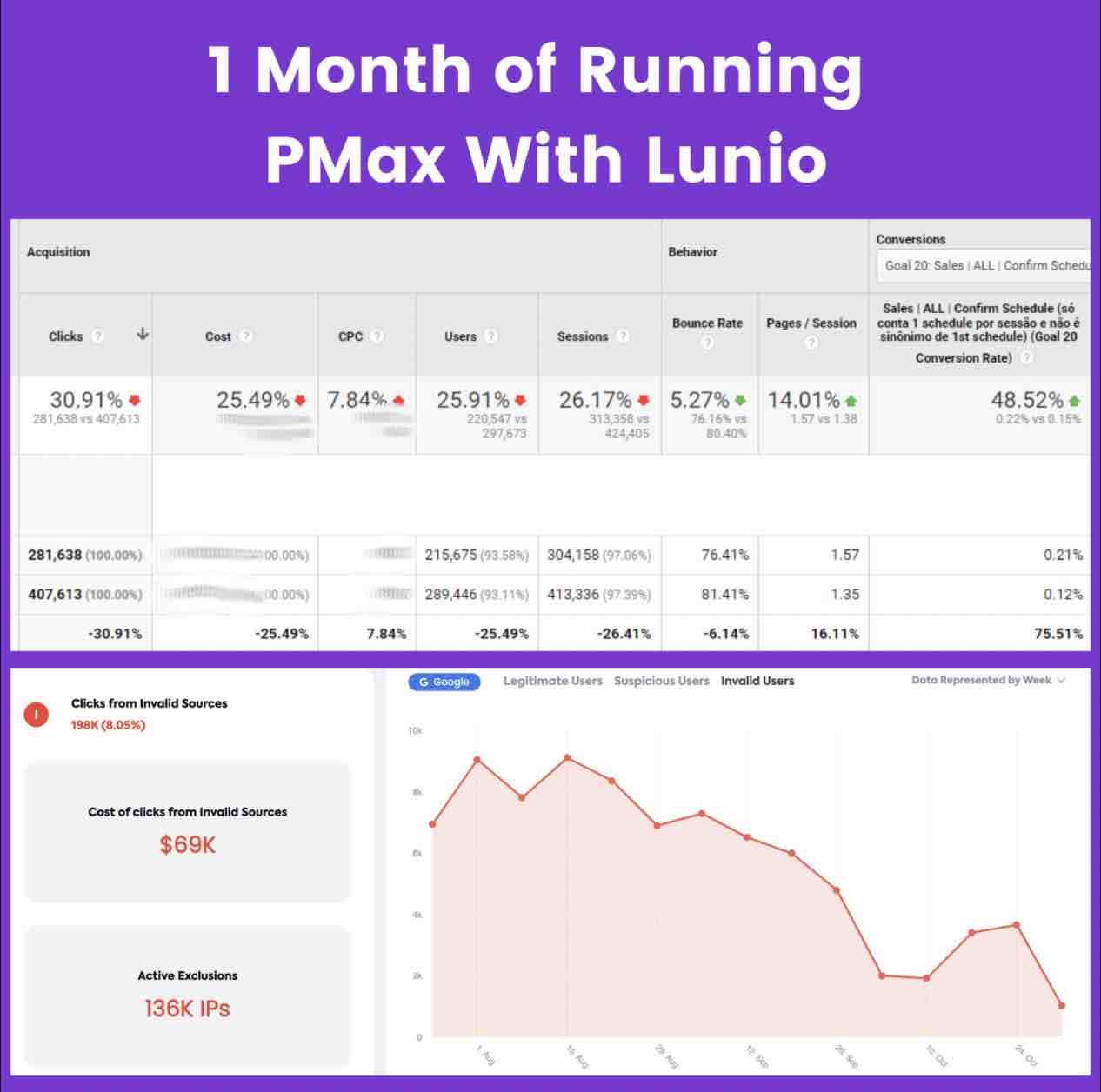Google Ads updates have been released almost every week for the past few years.
And that’s completely understandable. Advancements in AI and machine learning continue to broaden the scope of what’s possible when it comes to reaching the right audiences with the right ad at the right time. So Google is obviously going to take advantage of that when developing new or updated product offerings.
In many cases, this shift towards greater levels of automation is a good thing. Despite its flaws (more on those later), many agencies and advertisers are seeing great results through automated campaigns like Performance Max,with a much smaller time investment.
And it’s worth remembering that Performance Max is still in its infancy. It will continue to get better and better every month as Google ships new updates and fixes based on user feedback.
So what’s the problem here?
The main issue with Google’s updates over the past 5 years is that collectively, they take a lot of control and visibility over ad spend away from advertisers. From changing the definition of “exact” a few years ago, to aggressively pushing auto-applied recommendations, it seems clear that Google is broadening its control over what happens within accounts, slowly shifting the balance of power away from users.
Recently our Founder and CEO, Neil Andrew, documented some of the main issues with the current version of Google Ads on LinkedIn, and the post clearly struck a chord with the PPC community, with many advertisers expressing similar frustrations in the comments section.
So in this longer-form post, we’ll unpack some of those issues in more detail – many of which effectively hide inefficiencies behind a wall so users can’t see. And when that happens, you usually have to increase your ad spend to achieve the same results, which (surprise, surprise) also increases Google’s profits.
Automation Is Here to Stay
Before we dive in, it’s important to note that automation isn’t going anywhere. PPC is never going to go back to how it was in the “good old days”. Every ad platform from LinkedIn to TikTok is rolling out their own proprietary smart bidding and targeting systems, each presenting a unique set of pros and cons.
Yes, some of the changes are frustrating. And hopefully the most problematic ones will be resolved with future updates. But there is no point trying to fight the system. Now is the time to build a clear understanding of where the potential pitfalls are so you can leverage these new systems and campaign types to get the best results.
1. Removing Historical Search Query Data
Google’s search query data and reporting was once much more robust than it is now.
For example, when using broad match keywords, you used to be able to see every search term that triggered your ad to appear. You could see every single keyword variant along with all conversions and all costs. You had full transparency over the clicks you were paying for.
But that’s no longer the case. In February 2022, Google removed all historical query data that was collected prior to September 1st 2020 and does not meet the updated thresholds for the search terms report.
The new thresholds make it more difficult to see exactly where your traffic is coming from. And overnight, advertisers lost lots of useful query data from clicks they’d already paid money for.
2. Removing the Global Opt-Out for Mobile App Display Inventory
In September 2018 Google removed the ability to exclude mobile app inventory from their Google Display Network campaigns. As a result many advertisers were quickly flooded with low-quality clicks that were much less likely to convert. They ended up paying for the increase in traffic, without any meaningful corresponding increase in revenue.
You can still exclude (some, not all) mobile app traffic, but through a much more tedious manual process. Traffic coming from individual app sites which are known to be low quality can be blocked under placement exclusions. Or alternatively, you can narrow down your targeting by excluding certain categories of apps.
This update was pitched as a way to help advertisers better connect with mobile users. But in reality, many of these supposed “users” are actually bots. As the amount of mobile web traffic continues to grow each year, so do the numbers of malicious mobile bots. According to Imperva, 35.6% of bad bots disguised themselves as legitimate mobile user agents in 2022.
Free Resource: Want to remove junk display inventory from your campaigns?
3. Exact Match Is No Longer Exact
Traditionally, exact match keywords were a staple of any successful Google Ads account. And they performed as you’d expect them to. Ads would only be served when a user’s search exactly matched the keyword.
In other words, you had complete semantic control over what search terms your ads showed for. The search term had to include those words, only those words, and in that exact order. As an advertiser, this allowed you to hone in on precise queries with the highest conversion rates.
So what’s changed? Why aren’t exact keywords exact anymore?
Well, a few things. In March 2017, Google announced that exact match keywords can show when search queries share the same words of that keyword, but in different order. For example, the keyword “running shoes” will now also match “shoes running”.
As part of the same update, exact match keywords also began overlooking non-essential functional terms such as “to”, “for”, “and”, and “but”. So “nike shoes women” will now also match “nike shoes for women” as the function word “for” has been added.
Then in September 2018, exact match keywords were updated again to include variations with the same meaning. For example, “glastonbury camping” will also match to “glastonbury campground”, “campsite glastonbury” or “glastonbury festival camping”.
Combined these changes mean Google is now able to serve a lot more ads from exact match keywords. While some smaller advertisers benefitted from this change via the simplicity with which they can be found for additional relevant terms, many larger brands saw their accounts struggle due to inflated ad spend alongside a significant increase in lower quality traffic.
Today, advertisers are forced to manually add new negative keywords to prevent budget being wasted on irrelevant reordered search terms.
4. Replacing ETAs With RSAs
ETAs (Expanded Text Ads) fully replaced STAs (Standard Text Ads) back in 2017. They provided approximately 50% more text allowing advertisers to give more details about their products. But it wasn’t too long before ETAs were also fully replaced.
RSAs (Responsive Search Ads) debuted in 2018 and replaced ETAs the default ad format for text ads in June 2022. Instead of writing multiple discrete ads to test messaging combinations, RSAs enable advertisers to submit up to 15 unique headlines and four description lines. Google then dynamically combines these assets to create tens of thousands of potential combinations.
They’re pitched as a way to offer true query-time optimisation by assembling the assets that are predicted to perform best for each individual user’s search based on contextual and intent signals. And Google claim that on average, advertisers saw 7% more conversions at a similar cost per conversion when moving from ETAs to RSAs.
But that uplift came with a trade-off. Namely, a lack of transparency. As a whole, advertisers can see how each group of RSA assets performs. But Google doesn’t provide insights into which assets and combinations are driving those conversions. Instead, you can only see the number of impressions for each individual asset and combination.
For this reason, many advertisers actually preferred ETAs as it allowed them to build a much clearer picture of which messaging combinations worked best. It remains to be seen whether Google will evolve and expand the reporting provided for RSAs to deliver more transparency.
5. Modified Broad Match Being Totally Removed
The broad match modifier option was first introduced in 2010 and allowed you to specify certain words (with a plus sign) that must be included in a search query for your ad to appear. In other words, your ads would only show for queries that contain all of the words you precede with a plus sign in your keyword, but their order didn’t matter.
But this option was removed in July 2021, with phrase match keywords being expanded and updated to match more search queries (in the diagram below, “BMM” represents broad match modifier).
With the complete removal of BMM, you can now only select from three match types: broad match, phrase match, and exact match.
So for example, if you’re targeting “+get +more +leads”, this input will no longer act as a true broad match modifier. Instead, Google will treat the keywords as a phrase match type, but will expand to cover broad match modifier traffic as well. And this creates problems. Because phrase match isn’t an equivalent replacement for a broad match modifier in all cases.
Phrase match matches keywords that have the same meaning, but using the example above, “get more leads” does not mean the same thing as “get more qualified social leads”.
When explaining the rationale for the change, Google argued that both phrase match and broad match modified keywords “often serve the same use cases, and you can reach more of the right customers through a combination of the two.”
They also claim the change makes it easier to manage keywords in your account (by saving you time spent managing specific keywords) and gives you more control. But many in the PPC community disagree. Rather than placing power in the hands of advertisers, they see it as yet another move toward automated/smart bidding – with Google having the control.
Accounts where most traffic comes from phrase match keywords now run the risk of significantly overspending on queries with low conversion rates. This new expanded version of phrase match often increases impressions, clicks, and costs without a corresponding increase in conversions.
In short, Google is doubling down on their technology’s ability to make “smart” decisions for advertisers on which queries they should bid on.
6. Broad Match Keywords Are Too Broad
According to Google, broad match is defined as:
“A keyword option that allows your ad to show when someone searches for that keyword, variations of it, as well as other related topics”
But according to Dennis Moons, founder of the eCommerce site Store Growers, the real definition should read:
“It is the default match type and by using it you give Google total unrestricted control over which search queries your ads show up for”
It’s so unrestrictive that your ads will start showing for completely unexpected terms. The example below from Google’s own support documentation gives you a flavour of just how random the matched search queries can be:
Blue bicycle helmets? Winter accessories?? It doesn’t take a genius to see these are way off the mark considering what the original keyword was. Again, this causes advertisers to pay for traffic they don’t need and the cost becomes too high for the level of sales the clicks bring in.
For Google Ads accounts that are delivering a poor ROI, broad match keywords are almost always one of the main culprits driving costs up to unacceptable levels. For that reason, most experienced PPC professional avoid them altogether (despite persistent nudges from Google reps encouraging them to do so):
7. Pushing Advertisers to Apply “Recommendations” With Free Credits
So as we’ve just established, the reps can be quite pushy sometimes. But sometimes, persistent nudges just aren’t enough.
Many PPC professionals have their doubts about Google’s recommendations and are understandably quite hesitant about applying them. So rather than trying to convince people with logic and reason as to why they’re a good idea, Google occasionally lets money do the talking instead (turns out they have quite a bit to spare).
In 2022, the Google Ads team began sending out emails to some advertisers initially offering to pay them $300 in Google Ads credits for enrolling in automatically applied recommendations. The email copy read:
“We’re here to help you reach your business goals – enroll in automatically applied recommendations and get a credit of $300 for future ad spend“
Shortly afterwards the monetary incentive was dropped to $100, causing amusement among the PPC community:
Overall, the general consensus is that no amount of money is worth it for switching on auto-apply recommendations. The thinly-veiled truth is they were designed to boost Google’s profits, not help advertisers.
For any inexperienced users who accepted the offer, Google would have likely made their $100 back in a single day due to the way the recommendations needlessly inflate ad spend.
In a LinkedIn comment thread discussing this move by Google, PPC specialist Ishtvan Torpoi gave a helpful tip outlining how you can reject recommendations without affecting your optimisation score:
- Click the 3 dots in the top right corner of the recommendation
- Select ‘Dismiss All’
- Watch your optimisation score go up
8. Hiding the Ability to Opt Out of Auto-Recommendations Deep in the UI
If you want to disincentivise users from doing something, what should you do?
Introduce friction.
Make them jump through tedious hoops in order to perform an action that should be relatively straightforward. It won’t stop everyone, but even small changes can be surprisingly effective.
And that’s exactly what Google does when you try to opt out of auto-recommendations. You can still do it. But only when you know where to look. Rather than placing an obvious toggle or prompt on your main account dashboard to opt in or out of auto-recommendations, you need to follow a 4-step process once logged into your account:
- Click Settings on the left menu > Account settings
- Scroll to the bottom of the list, click Ad Suggestions
- Enable Don’t automatically apply ad suggestions
- Click Save
It’s not exactly rocket science. But it’s definitely not as easy or obvious as it should be given the significant performance implications of some of these recommendations.
Before moving on, it’s important to note that sometimes Google’s recommendations can act as a source of inspiration and help identify areas you can improve on. Once you’ve switched off auto-apply you can still review them in the “Recommendations” tab on your account. From there you can manually review each suggestion and decide whether or not to implement it.
9. Unhelpful & Sales-Driven Support Calls
Corey Lendrum, PPC Lead at Codefixer, recently took to LinkedIn to share a somewhat alarming email he received from the Google Ads support team.
“Or you’ll be kicked out of Google Support due to inactivity”
Sounds quite aggressive doesn’t it? The email reads like a teacher scolding a student for misbehaviour. Not a company reaching out to one of their valued customers. In his post, Corey went on to elaborate on the situation:
“We’re currently receiving 10+ calls daily from Google Ads support. Is this how you treat partners? Over the past month, I’ve found that Google Ads support has been the absolute worst it’s ever been. Examples include contacting clients, threatening emails, relentless spamming of phone lines, etc.”
And Corey isn’t the only one with frustrations. A quick look at the PPC subreddit community reveals many similar stories from other users:
In Google’s defence, it seems that many of the complaints and problems stem from Teleperformance, a company they use to outsource many of their “Account Strategist” calls to. And this may well have been the reason for the poor communication and harassment Corey experienced:
But outsourced or not, there is really no excuse for such poor customer service. Google has an effective monopoly so they can get away with it without losing much business.
But advertisers like Corey are spending thousands of dollars on ads every single month – they deserve much better treatment. Though if current trends are anything to go by, that’s unlikely to happen anytime soon.
10. Making It Difficult To Add Negative Keywords to PMax
Performance Max is an automated campaign type. And automation always requires giving up some control.
But certain controls are being taken away from Performance Max users without any reasonable explanation. In a recent webinar, we spoke to Google Ads expert Bob Meijer and he expressed his frustrations about adding negative keywords:
In order to add negatives to your campaign you currently have to go through a Google Support Rep. You need to get on a call and ask them to add certain negatives on your behalf. If that functionality exists, you surely should be able to add them on your own.
Having to get on a call introduces a significant degree of friction – similar to hiding the opt-out for auto-apply recommendations deep in the UX.
Because you can’t do it yourself, some advertisers may simply assume that PMax doesn’t support negative keywords at all – this is especially true for newer, more inexperienced users.
So it’s quite clear Google doesn’t want users adding lots of negative keywords to their PMax campaigns. But why? Most likely because doing so would likely reduce their overall ad spend by eliminating a significant amount of traffic with zero-conversion potential.
11. Auto-Populating PMax Campaigns With Low-Quality Video
Performance Max forces advertisers to think about video creation even though they may not have skills and resources to create them in house. You can’t launch a PMax campaign without one. And if you don’t provide your own, Google will create an automated one for you.
How do they do that? Well, they pull images, headlines, and logos from your asset groups to create something that looks and sounds like this example below provided by Dennis from Store Growers:
Note: YouTube doesn’t allow embedding unlisted video, so click here to see the full video ad.
Not exactly Spielberg is it? To be blunt, the automated videos created by Google are awful. The animations are weird. The flow of content is incoherent from start to finish. And the background music used is the worst of all.
Ultimately you do not want any potential customers to associate your brand with one of these automated videos. But this is exactly what many brands are paying to promote, with the content often being served in less than ideal display inventory placements.
If you don’t create your own video creative for your PMax campaigns, you can guarantee a chunk of your ad spend will be wasted pushing these auto-generated videos.
12. A High Prevalence of Ad Fraud on Display Network
The Lunio 2021 Global Click Fraud Report found that 11% of search clicks are fraudulent and 17% of CTV impressions are fake. But the worst affected ad format by far was display. More than a third (36%) of display ad clicks were found to be fraudulent or invalid.
And the situation has only gotten worse. Because of the incentive of revenue share from every click, many fraud rings and criminal gangs spend a considerable amount of time defrauding advertisers via bot traffic sent to fake and low-quality websites with little to no genuine human traffic.
As with any criminal activity, it’s a question of risk vs reward. The graph below from Hewlett Packard’s ‘The Business of Hacking’ report shows ad fraud is the solitary entry in the ‘low risk, high reward’ section. This makes it incredibly attractive for cybercriminals. And because display ads are such a profitable and easy target, that’s where they tend to focus their activity.
This level of fraud on the Display Network affects almost every advertiser in some way. From our first-hand client data included in the report, 87% of customers experienced a significant level of fraud in their account over the past 12 months, while only 13% of advertisers experienced little to no fraudulent activity.
13. High Levels of Fake Clicks, Leads, & Traffic on PMax
We’ve recently started to hear a lot of complaints from B2B performance marketers about the quality of leads Performance Max delivers. Previously, many B2B advertisers avoided display ads altogether, but that’s not an option with PMax. You’re forced to run them whether you want to or not. And the consequence is typically a significant influx of spam form submissions.
Overall, PMax is currently better suited for B2C campaigns. It takes more work to set up a B2B campaign that consistently delivers relevant, high-quality lead submissions.
Free Resource: Want to optimise your PMax campaigns?
- Download The Expert Guide to Performance Max (No form fill required!)
Protect Your Performance Max Campaigns
But even though it’s better suited for B2C, fake clicks and invalid traffic are still always a problem with PMax. All too often, the algorithms inflate ad spend by chasing junk conversions that never translate into actual revenue.
But by cutting off the main sources of invalid traffic, you can eliminate waste and drive greater performance marketing efficiency. Lunio protects your PMax campaigns from fake clicks, zero-value traffic, and spam leads:
- Eliminate fake & zero-value traffic before it hits your site
- Achieve more sales within your Target ROAS
- Boost lead quality by blocking fake form submissions
- Gain more transparency over traffic sources
- Minimise data discrepancies between Google Analytics and your CRM
After just one month, one of our enterprise retail clients reduced their costs by 25% while simultaneously driving a 48% increase in direct sale conversions.
Perfect Bid Management
Discover our 14-day trial to target genuine users and optimise your bid management strategies.

